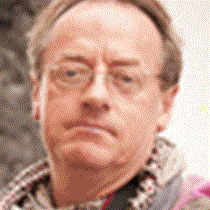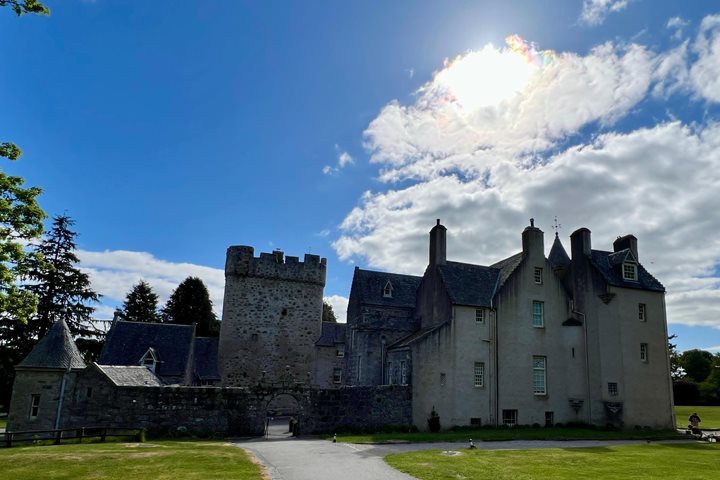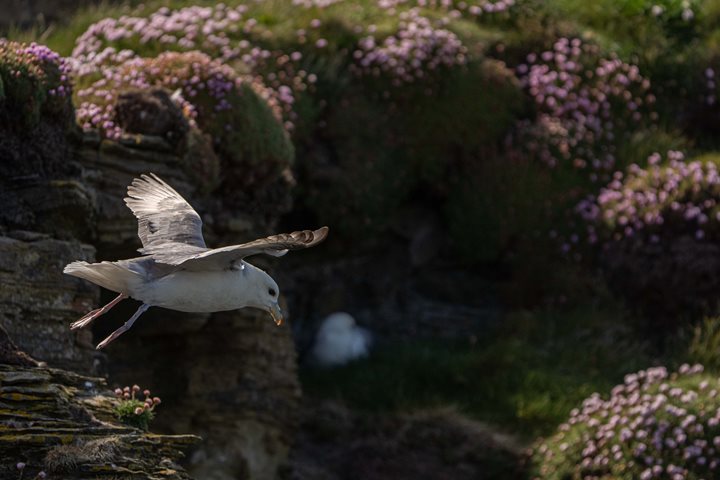Overnight we crossed from Ireland to the Inner Hebrides, a group of islands off the southwest coast of Scotland. Our first landfall was Staffa. This small island consists of tens of thousands of hexagonal basaltic columns that formed around 60 million years ago, when massive outpourings of magma quickly cooled and solidified.Once we were ashore, Staffa’s puffin colony was the main attraction. These birds dig tunnels in the soil and lay a single egg in a breeding chamber at its end. The chick is raised underground. This comical-looking bird was a guest favorite, and we spent a lot of time watching individual puffins return to their burrows from foraging excursions out at sea. The high-pitched vocalization of fast-flying oystercatchers as well as cormorants, shags, and great black-backed and herring gulls added variety to our visit. A nature reserve, Staffa comes under the auspices of the National Trust for Scotland. From the landing area, a narrow pathway leads to a small platform that affords excellent views of the most famous feature of the island, Fingal’s Cave, and many of the guests took advantage of this.
National Geographic Explorer hauled anchor and made toward our port of call for the afternoon, the picturesque island of Iona. A self-exiled Irish monk named Columba, with a loyal band of fellow brothers, established a small, early Christian monastery on the island in 563 AD. Renowned as a center of teaching, art, study, and manuscript production, it endured for centuries. The masterpiece known as the Book of Kells, a late 8th/early 9th-century copy of the four Gospels, was compiled by monks from Iona. It is regarded as the world’s most lavish example of the art of illumination on vellum.
Immediately after we arrived at the small quay, the avid birdwatchers headed off with the naturalists on a quest to spot the rare corncrake while many others accompanied the historians and on-site guides for an exploration of the early 13th-century Benedictine abbey. This was built on the site of St. Columba’s original monastery through the patronage of Reginald, Lord of the Isles at the time. The consummate skill of the medieval masons was apparent everywhere. The buildings were restored in an ambitious project that spanned decades. There is a still a vibrant religious community on Iona which reaches out, like its original foundation in the 6th century, far beyond the confines of this remote island.







